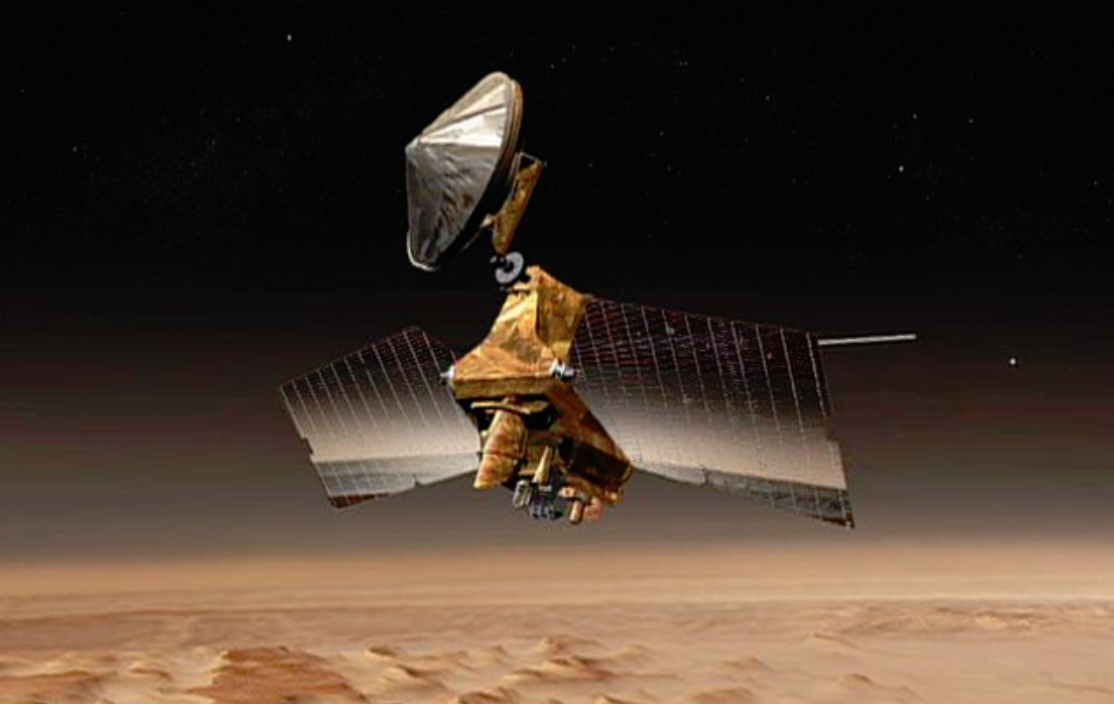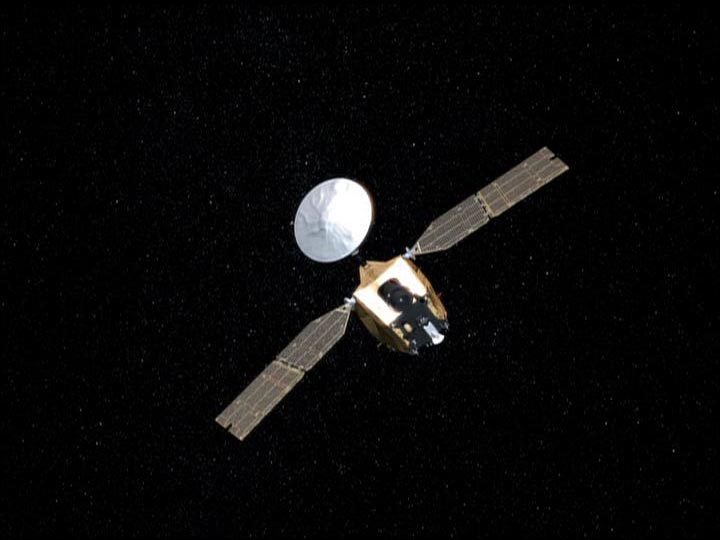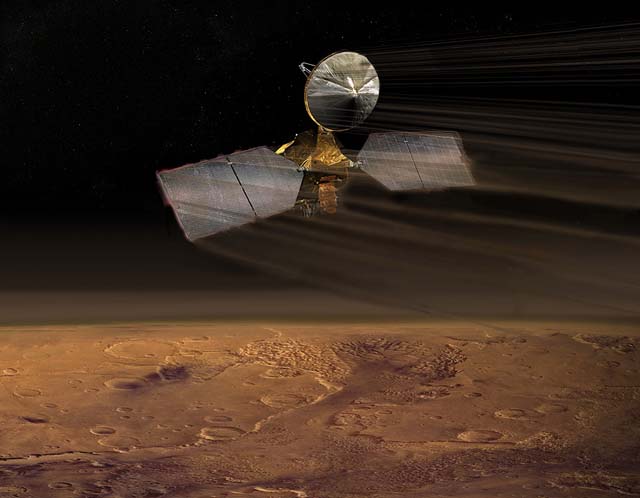

Signals that the burn has started reached Earth at 21:24 UT (4:24 p.m. On 10 March 2006 MRO reached Mars and perform a Mars orbit insertion maneuver, passing under the southern hemisphere of Mars and firing its main engines for about 27 minutes. The cruise to Mars took seven months and included checkouts, calibrations, navigation, and five trajectory correction maneuvers. EDT) on 12 August 2005 from Kennedy Space Center. Launch on an Atlas V-401 took place at 11:43 UT (7:43 a.m. Engineering accelerometer data will be used to study the structure of the martian atmosphere and tracking of the orbiter will be used to study the gravity field of Mars. In addition, there are three engineering instruments aboard MRO: the Electra UHF communications and navigation package, which will be used as a relay between the Earth and future Mars missions the optical navigation camera, which will be tested for possible navigational use on future planetary spacecraft and the Ka-band telecommunications experiment package, which will be testing high performance Ka-band communications. MRO's science payload includes the High Resolution Imaging Science Experiment (HiRISE), a visible stereo imaging camera the Compact Reconnaissance Imaging Spectrometer for Mars (CRISM), a visible/near-infrared spectrometer to study the surface composition the Mars Climate Sounder (MCS), an infrared radiometer to study the atmosphere, a shallow subsurface sounding radar (SHARAD) provided by the Italian Space Agency to search for underground water the Context Camera (CTX), to provide wide-area views and the Mars Color Imager (MARCI), to monitor clouds and dust storms. Thermal control is achieved by a combination of radiators, surface coatings, insulation, and heaters. The panels produce 1000 Watts at Mars which is used to run the equipment directly and also to charge two nickel-hydrogen 50 A-hr, 32-volt batteries. Each array has an area of 10 square meters and contains 3744 solar cells. Power is provided by the two solar cell arrays on wings mounted on opposite side of the bus. Two transponders and three traveling wave tube amplifiers allow maximum data rates of 6 megabits/sec. Two low-gain Ka-band antennas, mounted on the high-gain dish, are also available for transmission and reception. Two way telecommunications will be via X-band at about 8000 MHz, primarily through a 3 m diameter steerable high-gain dish antenna. Navigation and attitude knowledge is determined by 16 sun sensors, two star tracker cameras, and two inertial measurement units, which use accelerometers and gyroscopes. Spacecraft control is achieved with the use of reaction wheels and reaction control system thrusters. A pressurant tank is used to force propellant to the motors.

All thrusters are fed from a single propellant tank mounted near the center of the main bus. Six 22 N thrusters are used for trajectory correction maneuvers and eight 0.9 N thrusters for pointing. Six 170 N (Newton) monopropellant (hydrazine) main-engine thrusters are used for the Mars Orbit insertion burn, a maneuver which will require about 70% of the total fuel onboard.

Propulsion is provided by a total of 20 thrusters. The maximum spacecraft mass is 2180 kg, which includes 1149 kg of propellants. The bus houses the propulsion system, telecommunications, command, guidance, and science instruments. Extending from the bus are two solar panel wings and a 3 meter high-gain antenna dish. The Mars Reconnaissance Orbiter consists of a main bus, constructed of titanium, carbon composites, and aluminum honeycomb. MRO will return high resolution images, study surface composition, search for subsurface water, trace dust and water in the atmosphere, and monitor weather. The science objectives of the mission are to: characterize the present climate of Mars and its physical mechanisms of seasonal and interannual climate change determine the nature of complex layered terrain on Mars and identify water-related landforms search for sites showing evidence of aqueous and/or hydrothermal activity identify and characterize sites with the highest potential for landed science and sample return by future Mars missions and return scientific data from Mars landed craft during a relay phase.
MARS RECONNAISSANCE ORBITER FULL
The Mars Reconnaissance Orbiter (MRO) is designed to orbit Mars over a full martian year and gather data with six scientific instruments, including a high-resolution imager.


 0 kommentar(er)
0 kommentar(er)
